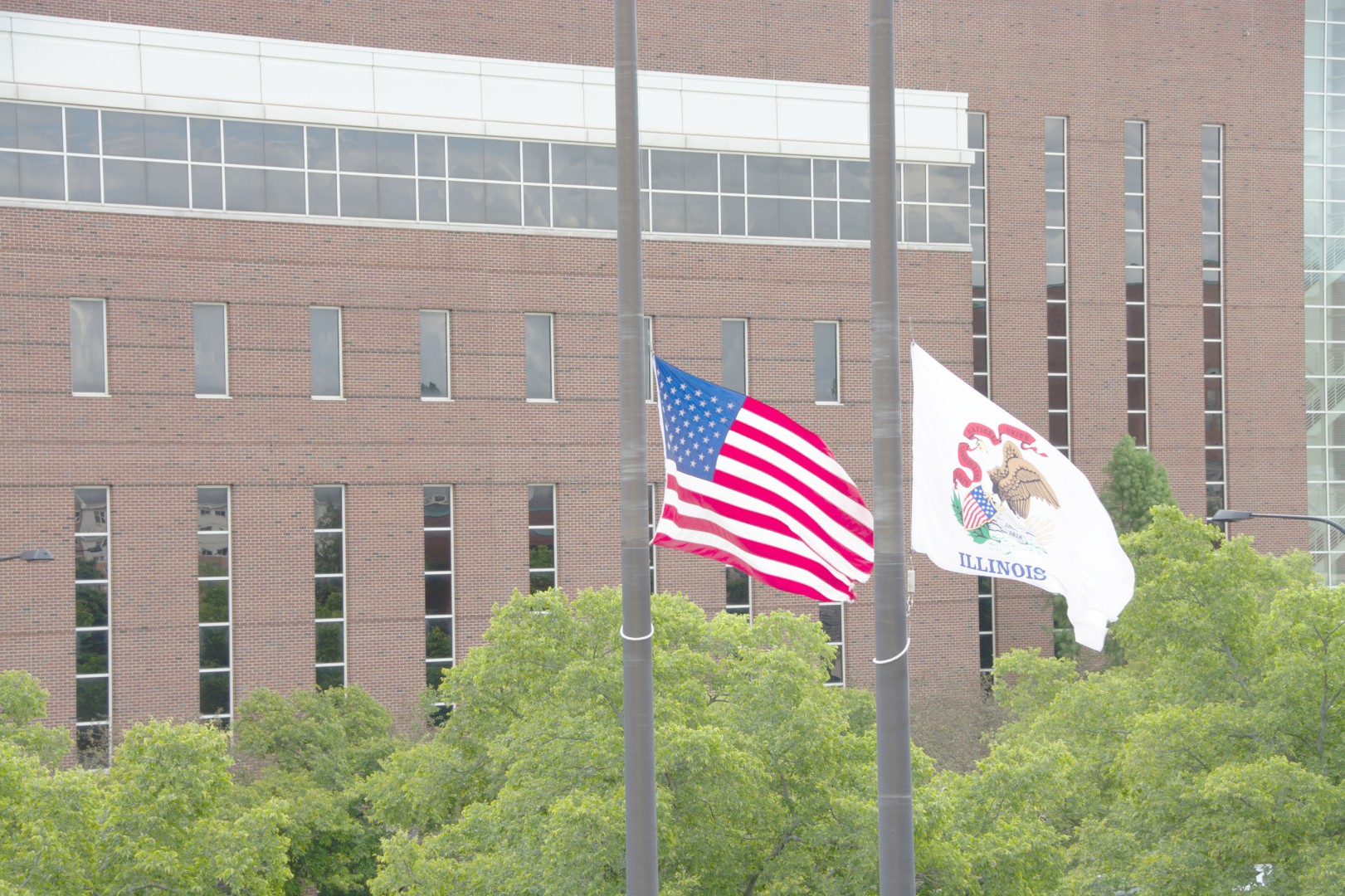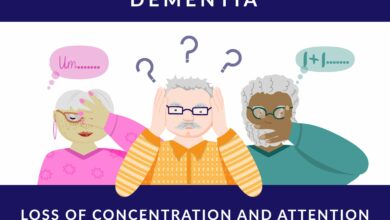U.S. Hits Tragic Milestone with 1 Million COVID-19 Deaths

The U.S. passed a grim milestone this week when the official death count at the hands of COVID-19 reached 1 million Americans. Here is the latest on the COVID-19 crisis.
President Marks Grim Milestone
President Joe Biden marked the passing of 1 million Americans due to COVID-19 on Thursday, using the moment to plead with Congress to pass legislation to keep the pandemic under control. The president acknowledged the milestone during a moment at the White House as he was participating in a virtual Global COVID-19 Summit.
Read More »Virtual Global COVID-19 Summit
The somber occasion came as Biden and other White House officials participated in a virtual Global COVID-19 Summit, co-hosted by Belize, Indonesia, Germany, and Senegal. The event was designed to redouble the efforts on a global scale to control the virus while also being proactive about how to deal with the next pandemic.
The newly established Global Pandemic Preparedness and Health Security fund at the World Bank was at the forefront for the push for new funding through the summit. The U.S. has pledged that it will give $450 million, up from the originally proposed amount of $250 million. This commitment is in addition to an additional $3.1 billion in new funding from other nations around the world.
In addition to the funding initiatives, the summit listed three primary priorities that were used to guide conversation with attendees. These priorities are to mitigate complacency surrounding the virus as the world attempts to return to normal, to prevent additional deaths, and to stymie future variants and pandemics.
This virtual gathering was the second global summit regarding the virus. The White House also hosted a summit of this kind last September.
In addition to Biden, a number of White House officials took part in the discussions, including Secretary of State Antony Blinken, White House Covid-19 response coordinator Dr. Ashish Jha, U.S. Ambassador to the United Nations Linda Thomas-Greenfield, Secretary of Health and Human Services Xavier Becerra, and more.
White House Warns of Potential Fall and Winter Surge of the Virus
The White House is also warning of the possibility of a fall and winter surge of the virus if Congress does not act now to pass additional funding. The Biden administration says that the nation will suffer the negative impacts of not having enough funding in the form of delayed production of updated vaccines and inadequate testing and treatment measures.
The U.S. Food and Drug Administration (FDA) is set to make a decision as early as June regarding its recommendation on additional booster shots and the need for an updated vaccine to combat the new variants. This decision will largely be based on new data coming from Moderna and Pfizer, the two pharmaceutical companies charged with vaccine production in the U.S.
Officials say that while a new vaccine would cover the potential of differing variants, including Omicron, the U.S. would not have the financial resources needed to purchase and distribute it without help from Congress. According to White House COVID-19 response coordinator Dr. Ashish Jha, the White House believes that the nation could see up to 100 million infections this fall and winter. Although Jha has been sending this message to members of Congress, he plans to keep pushing the issue to lawmakers in the coming weeks. The White House is asking for $22.5 billion in funding to help to mitigate the impacts of the virus over the next several months.
The prediction of 100 million new infections is what the White House thinks will transpire without any major emerging variants and without additional funding from Congress to pay for testing, vaccines, and treatments. Officials hope that this prediction can be dramatically lowered with the right resources in place.
Health officials have also been expressing concern in recent weeks regarding the current trajectory of infection numbers and hospitalizations at the hand of the BA.2 and the BA.2.12.1 variants. The good news is that an increase in infections in the Northeast did not translate to a rise in hospitalizations. However, this part of the country enjoys a much higher vaccination and booster rate compared to other areas.
Pandemic Highlights Racial Inequities Throughout Nation and World
It has always been clear that COVID-19 has impacted senior citizens more than any other demographic. Approximately 75% of all deaths in the U.S. have been among seniors, according to data out of the Centers for Disease Control and Prevention (CDC). However, what is now becoming more evident is the extreme racial and ethnic disparities that have been present throughout the pandemic.
Black, Hispanic, and American Indian people have a death rate of about two times higher when compared to White Americans. While this gap has started to narrow over the last few months, the stark difference in the inequities is still glaring on paper.
The Northeast has seen the highest death rate in the country with the West faring the best. At the state level, fatality rates have been the highest in Oklahoma, Arizona, and Mississippi with the lowest rates in Vermont and Hawaii.
Sharing is caring! Did you find this content useful? Feel free to bookmark or to post to your timeline for reference later!





